Exploring the UK's largest menswear archive
What I found inside the University of Westminster’s famous Menswear Archive – a feature on Stone Island’s history experimenting with fabrics and materials.
Note: this piece is in partnership with Stone Island.
If you wanna watch my vlog exploring the archive, watch it on my IG page here.
Inside the Menswear Archive with Stone Island
You wouldn’t expect to find one of the most fascinating sartorial spaces in British menswear tucked inside a sleepy university campus on the outskirts of London.
But therein lies the irony.
And that’s exactly where the best stuff is, at the University of Westminster’s Harrow Campus. I took the 7 AM flight from Amsterdam’s Schiphol airport to London Heathrow, went straight to the taxi cab line, and said, “Take me to Harrow.”
All to experience the lore and magic of the Menswear Archive.
It’s a low-lit room filled with over 3,000 garments that tell stories of how people have been dressing over the last 400 years.
I spent a morning there with Professor Andrew Groves, who runs the archive, along with my friend Chris, who works for Stone Island.
And we chatted for hours about SI’s history with denim, what makes a brand great, how the best stuff now is just repurposed from what’s already been made, why continuity might be the most “radical” design idea left, and much more.
About the archive
As mentioned above, the Archive was started and is stewarded by Groves. A magnificent space that’s part museum, part laboratory, part living memory.
It’s not the kind of space that hides behind glass cases. It’s tactile. Students handle pieces, flip seams inside out, and compare fabrics the way musicians listen for rhythm.
“Teaching through touch,” Groves told me as we walked between racks of garments, “is how you help people understand what good design really feels like. When you can handle a piece, when you can feel its weight and construction, you start to recognize the difference between fashion and craft.”
Reintroducing denim
I was lucky enough to work with Stone Island and survey their newly-launched Denim collection, something they hadn't produced since the 2000s under the guidance of designer Paul Harvey, who took over the design chair from Osti in the 90s.
But stepping into this space changed my view of how brands (should) use archives to inform great design, and it was easy to see traces of the SI’s Denim Research collection throughout pieces in the archive.
At first, it might seem odd that Stone Island, known for its garment-dyeing and technical outerwear, would devote so much time to denim. But Groves reminded me that denim was there from the beginning.
“In the early 1980s, under Massimo Osti, Stone Island was already asking questions about how materials could be transformed,” he said. “They weren’t just making jeans, they were destabilizing denim… coating it, dyeing it, stripping it apart and rebuilding it again.”
Tracing the lineage
The lineage was easy to trace. One shelf holds heavy selvedge from nearly every decade over the last hundred years. Another display had Stone Island experiments in resin-coated cottons that mimic the sheen of wet indigo.
The line between denim and technical fabrication blurs completely. “They made denim behave like nylon,” Groves said, pulling a jacket from its hanger. “That’s what makes it Stone Island. It’s material as philosophy.”
Everywhere I turned, the echoes of history were tangible. Many garments in the archive (not just from Stone Island, but from dozens of other brands) are rooted in uniforms, workwear, and industrial design.
“You start to see how it all connects together,” Groves said, pointing to a British railway worker’s jacket from the 1940s, its corduroy collar worn smooth by decades of use. “Designers like Osti looked at pieces like this and thought: what if we reimagined it for modern life?”
And you can see those influences directly in Stone Island’s Denim Research collection. Utility pockets, carpenter loops, reinforced seams, all pulled from the language of labor.
That paradox is at the heart of Stone Island’s design philosophy: making something new that already feels old, familiar, and human.
When students handle the Stone Island pieces in the archive, Groves told me, they’re often in “disbelief” that something so contemporary could already feel like history. “They’re amazed by the construction,” he said. “They’ll turn a jacket inside out and realize every pocket has a reason, every stitch has a function. It’s design without ego.”
He described how students learn to read garments the way historians read documents: through layers of fabric and wear.
A resin coating tells a story about weatherproofing; a faded patch tells one about use.
“That’s the beauty of archives,” he said. “They teach you to see beyond aesthetics, to see the thinking behind the thing.”
Continuity is all we have left
But what struck me most about exploring the Stone Island archives and comparing their vintage pieces to the new Denim Research collection wasn’t the variety; it was the continuity.
Each decade of Stone Island design feels like a variation on a theme, like a conversation between past and present. It’s never a complete reset. “Good design doesn’t reinvent itself every six months,” Groves said. “It evolves. The best garments refine what already works.”
He was right.
I could have placed two pieces next to each other, with multiple decades between them, and it’s unlikely that anyone would’ve noticed.
The emotion behind design
Before leaving, Groves mentioned something that’s stayed with me. “Fashion isn’t just about objects. It’s about relationships,” he said. “A tailor is there for all your life’s milestones… university, marriage, funerals. What you build is a relationship, not a transaction.”
That’s what makes places like this archive so powerful. They’re not monuments to nostalgia; they’re spaces that remind us of the humanity behind craft.
Walking out of the room, I kept thinking about the treasure behind each piece, both from the archive and from Stoney’s Denim Research collection.
None of it was perfect, and that wasn’t the point. Because as Groves put it earlier that day, “Perfection is overrated. It’s the imperfections that make something worth keeping.”
And in an age where fashion moves at the speed of thumb-scrolling, maybe that’s the most enduring form of rebellion.
Stone Island’s Denim Research collection is now live. Check it out here!


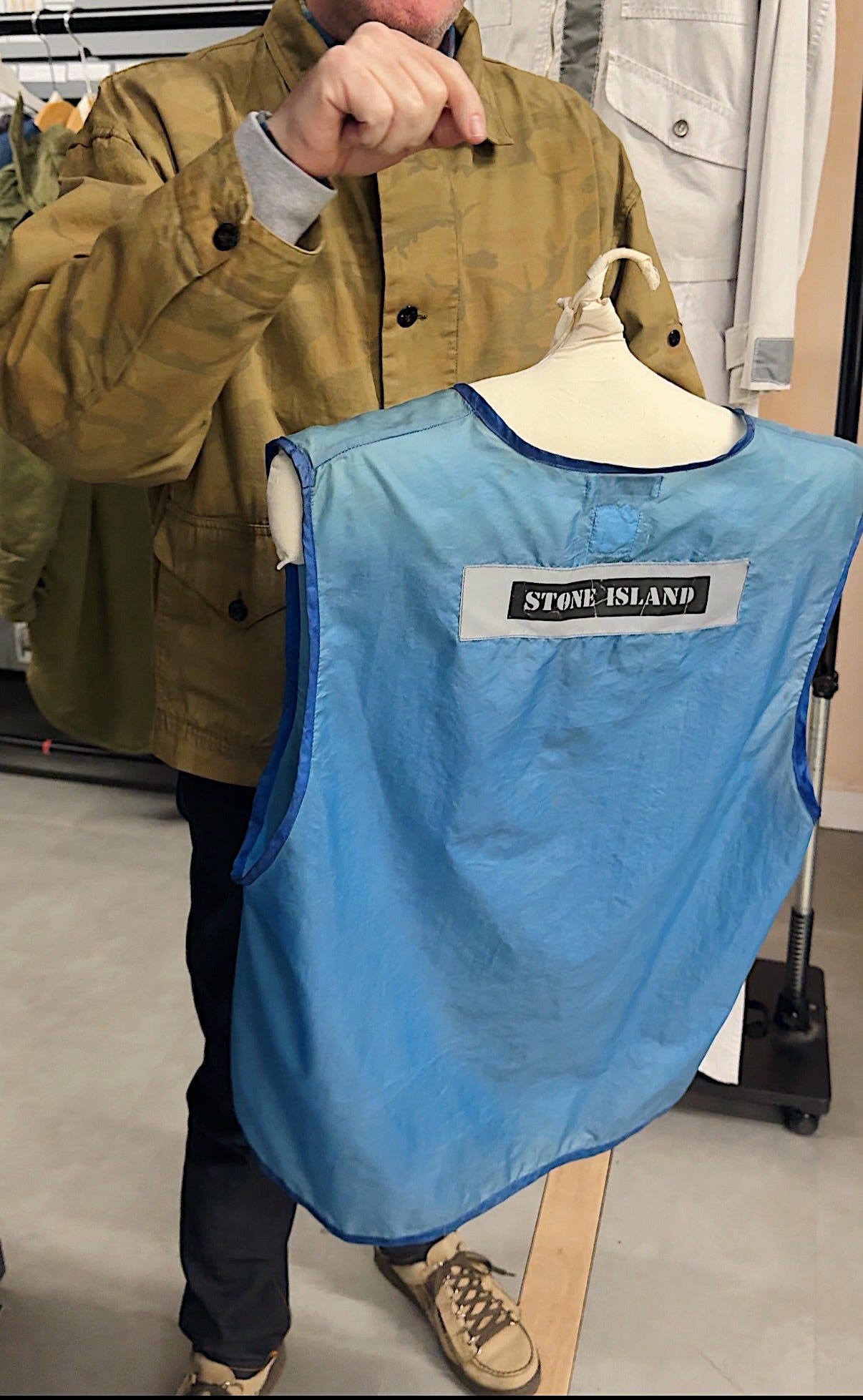
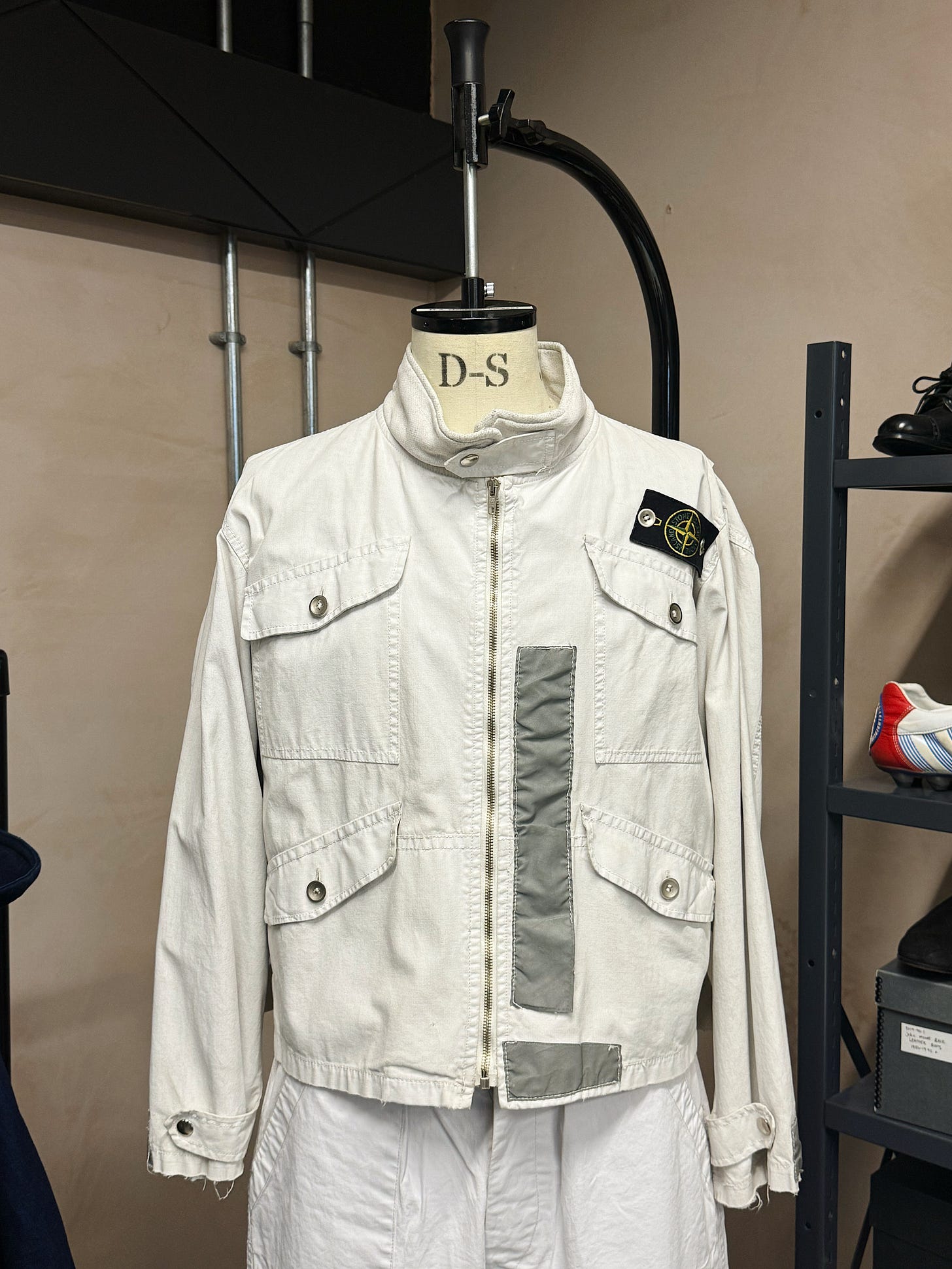
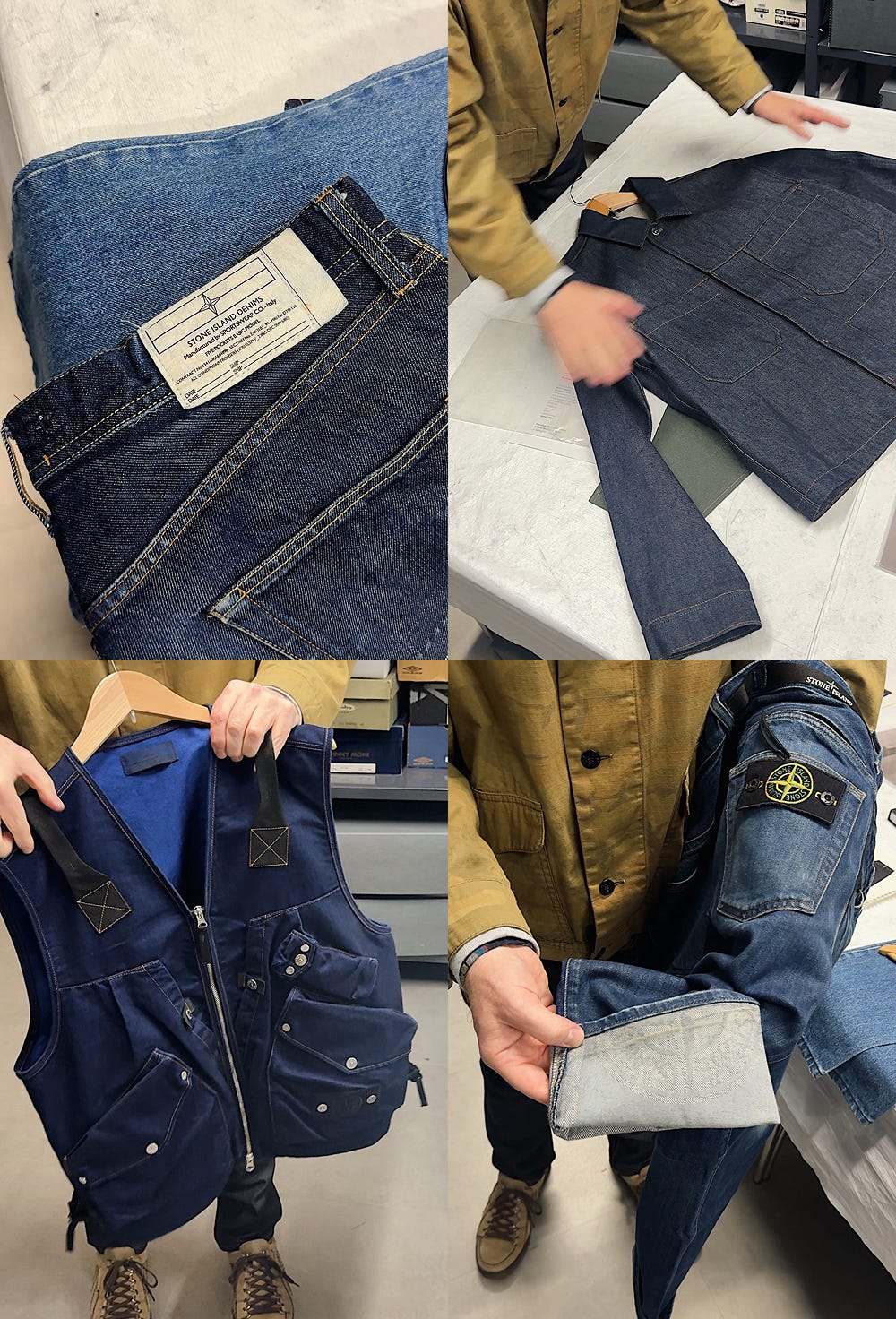
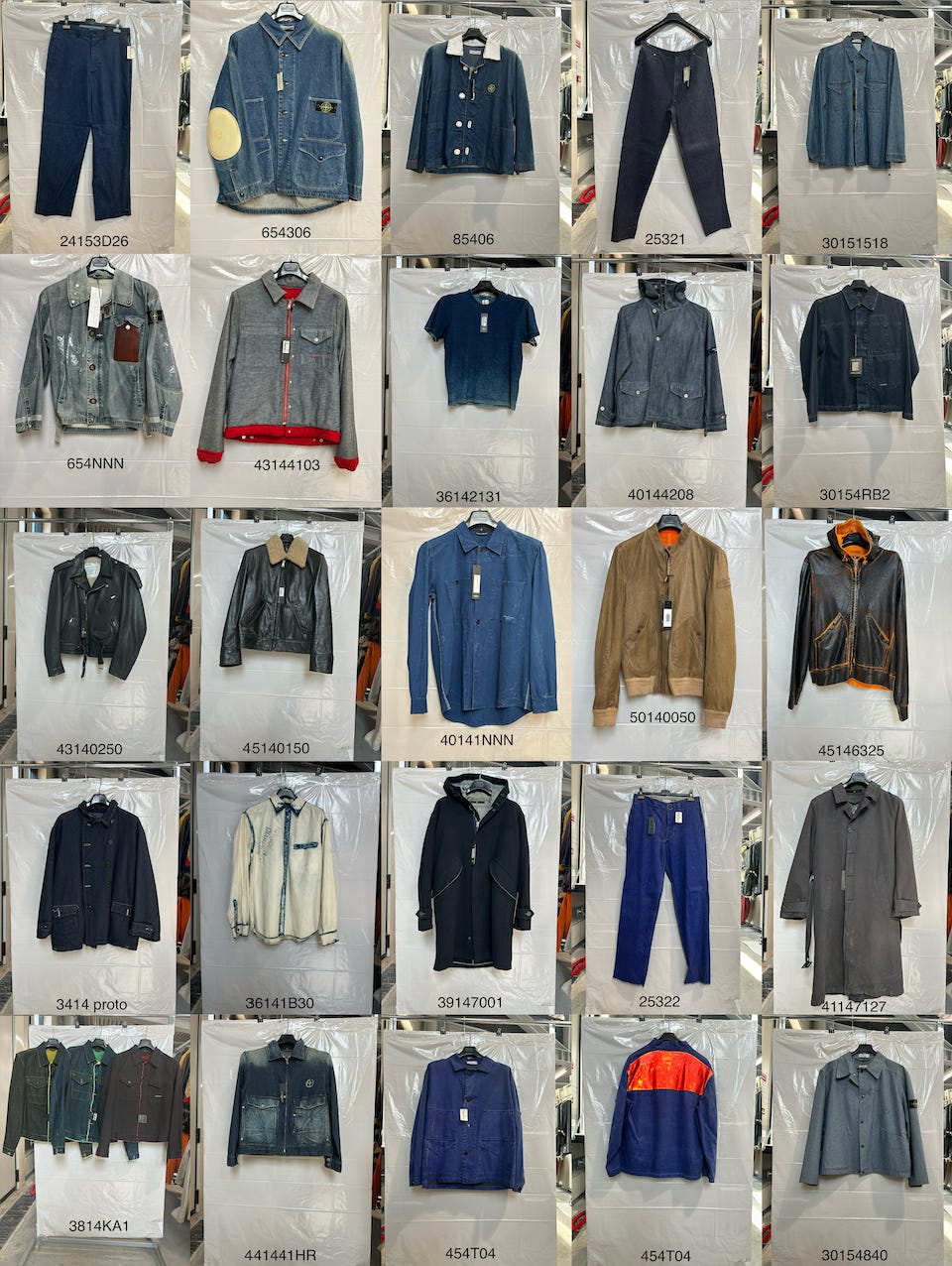
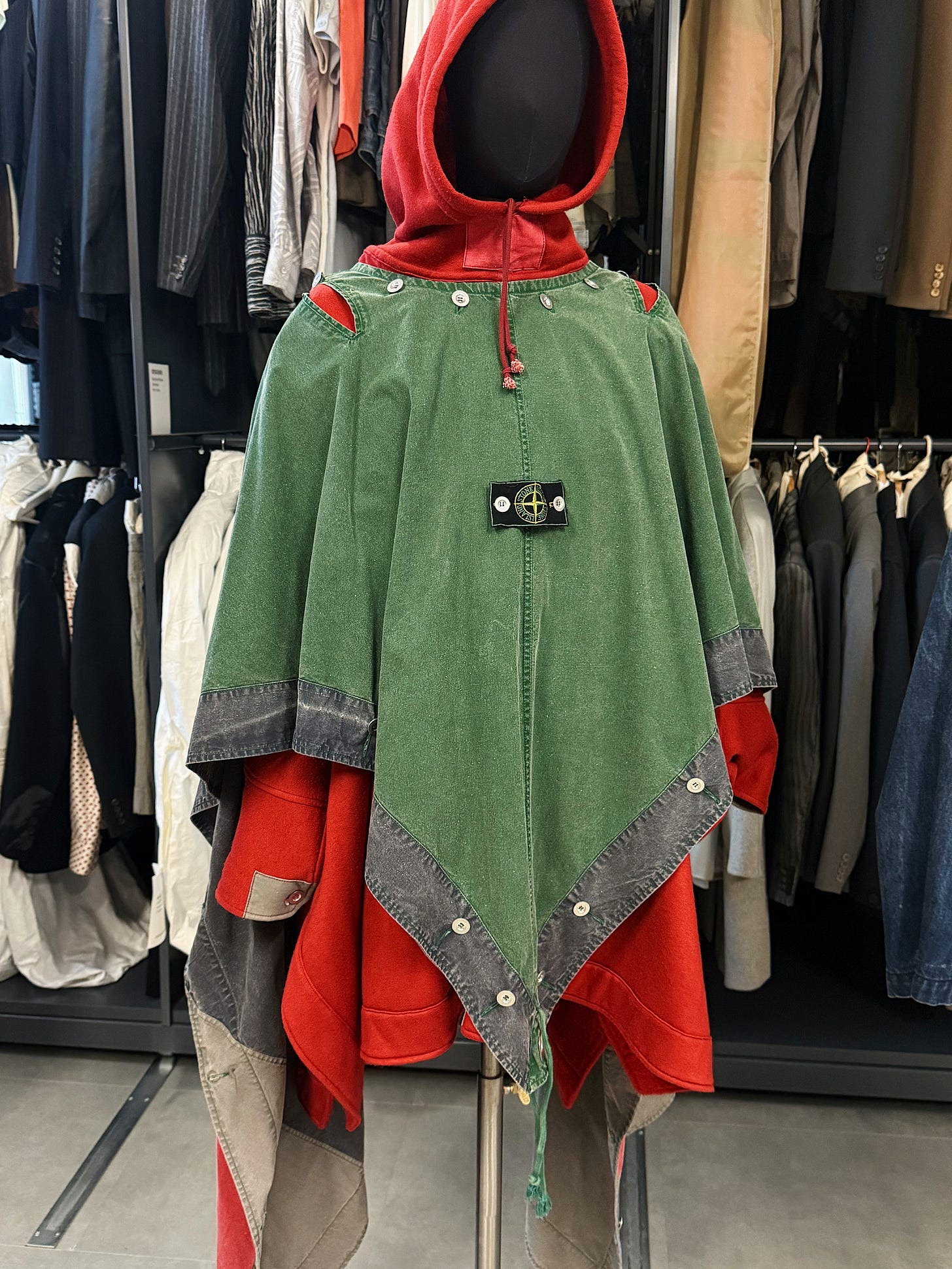
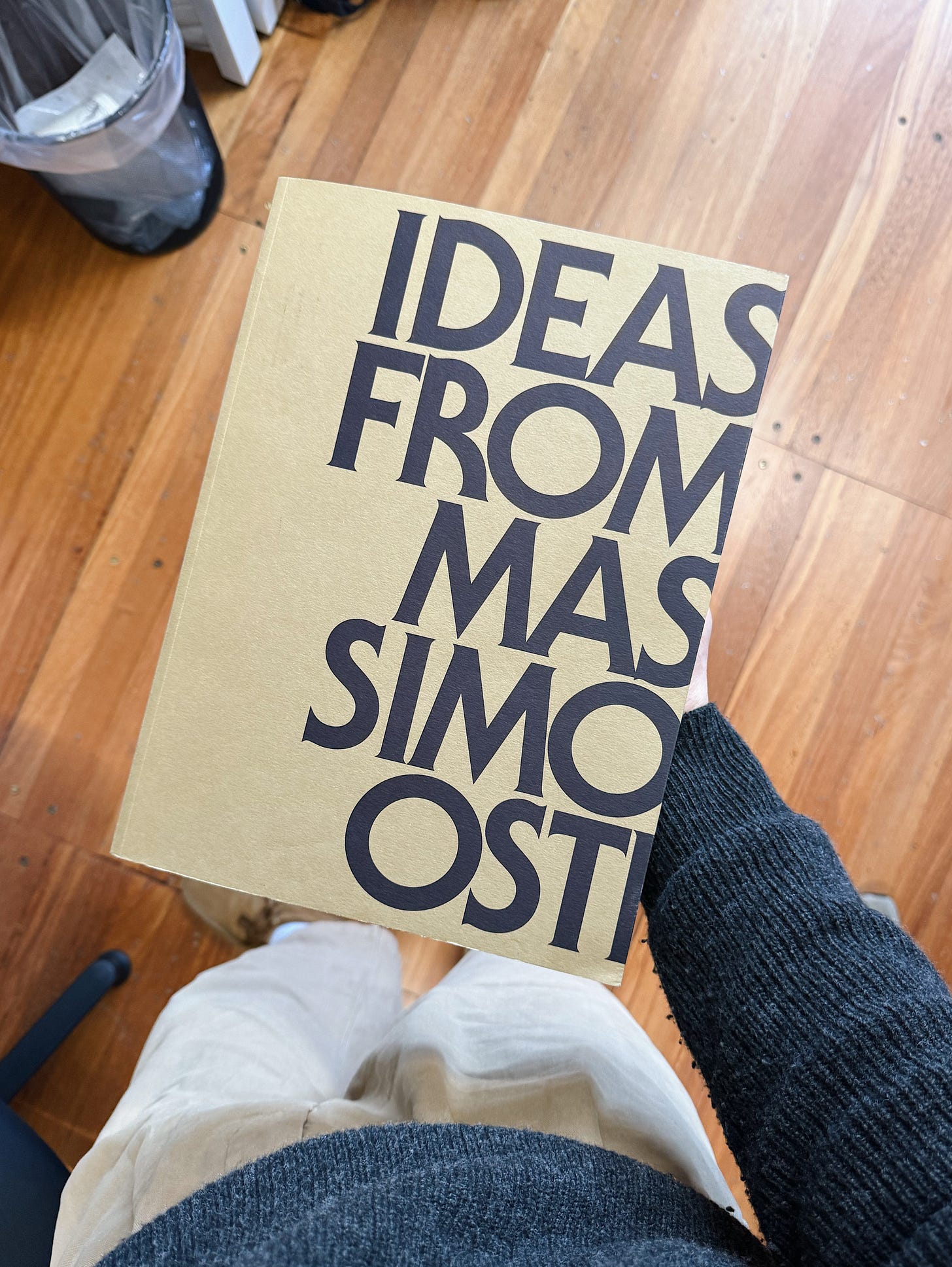
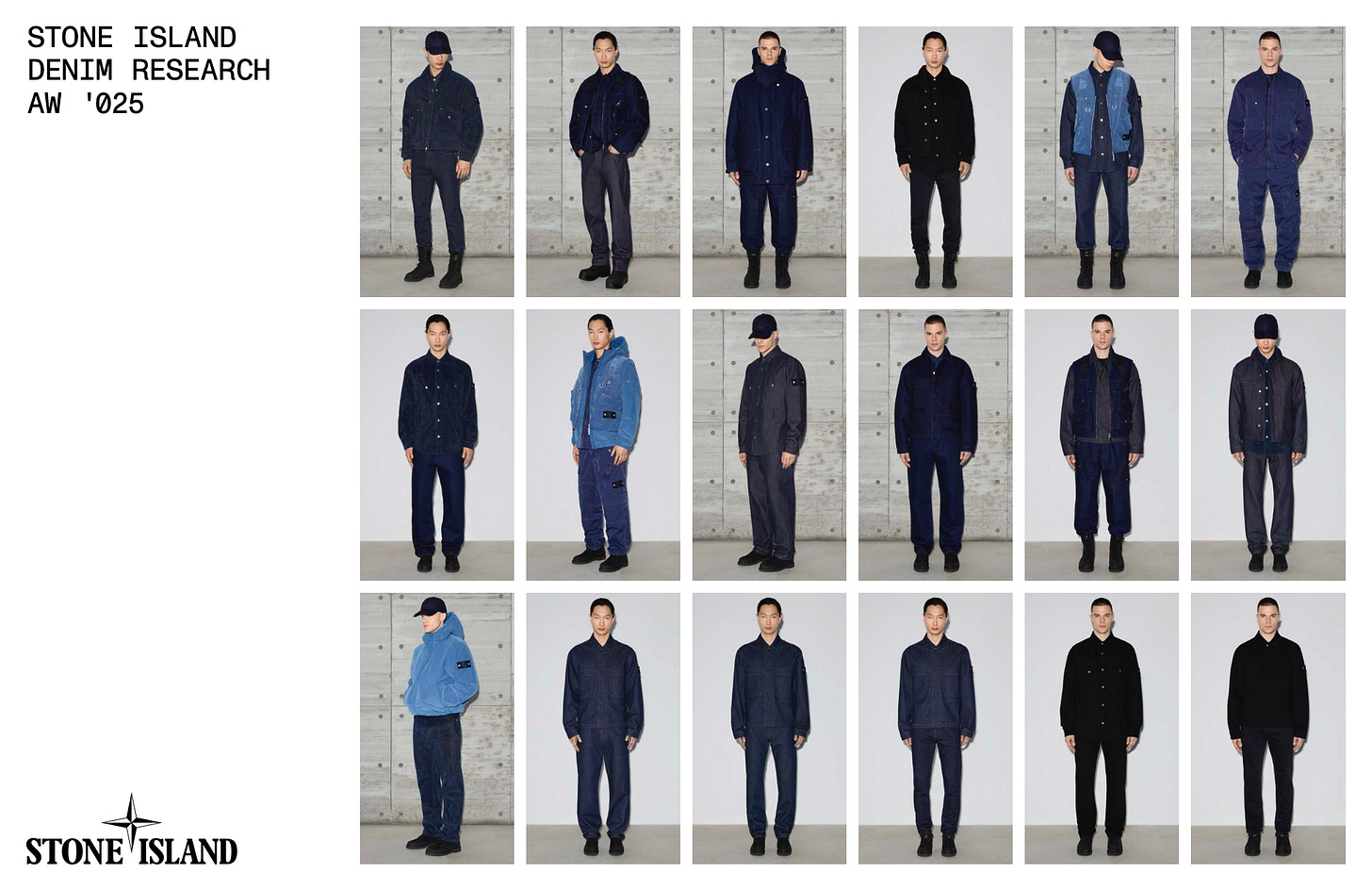
And I thought it would be very prudent and very time appropriate to bring on who I think many who are, to bring on who many would consider to be the preeminent scholar or expert on Western wear, who is Dr. Sonia Brigo. Read this article: https://styletherapy8.substack.com/p/the-myth-of-the-cowboy-cone-mills
You had an article on cone mills and the end of cone mills and the misunderstanding of Cone Mills, I think, that I found was really interesting. Read this article: https://styletherapy8.substack.com/p/the-myth-of-the-cowboy-cone-mills